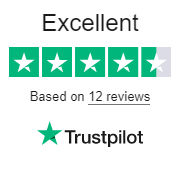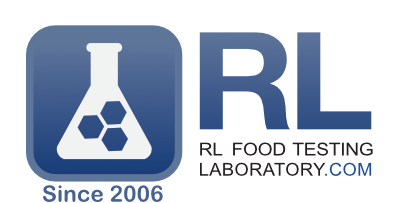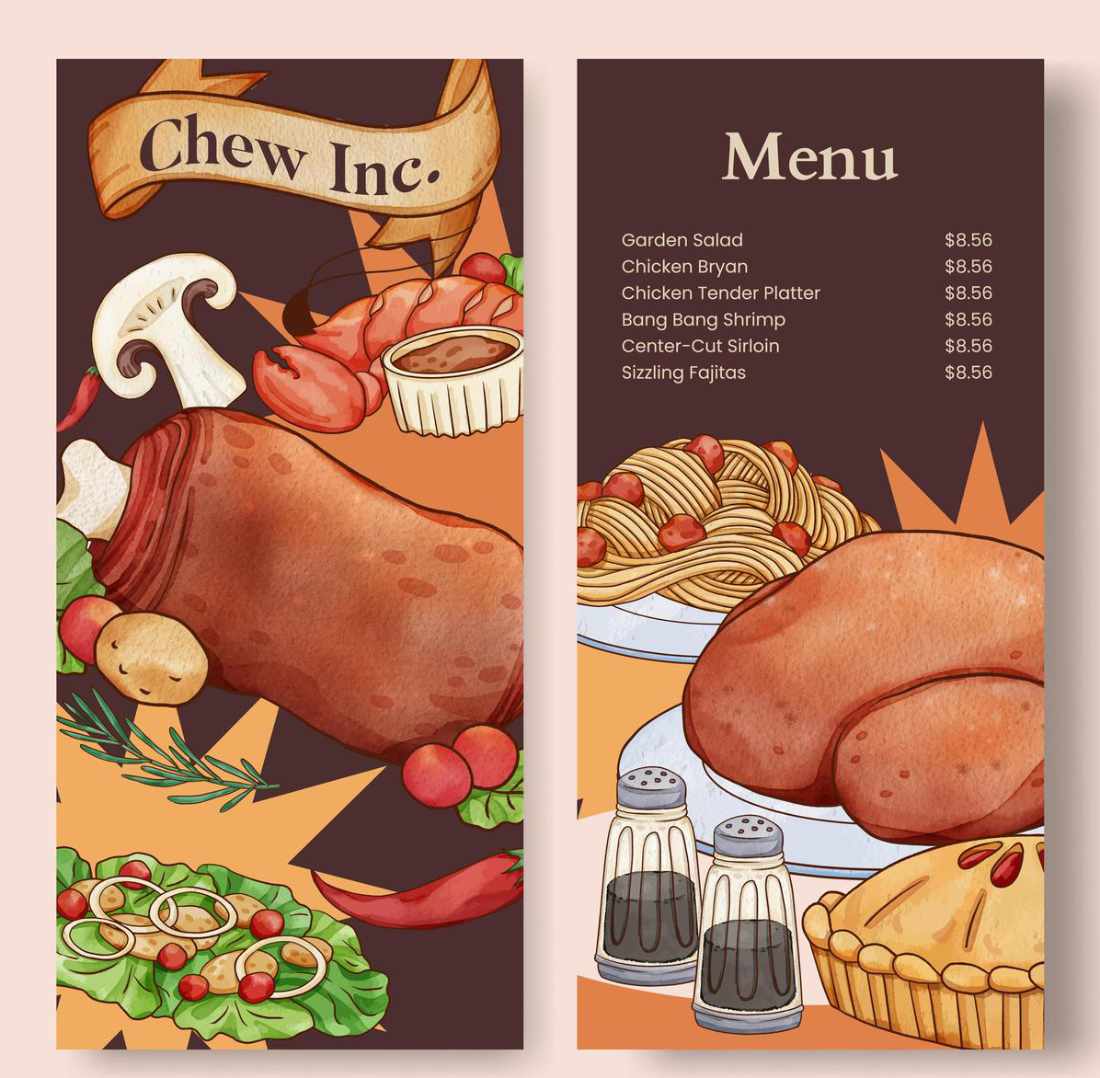Calorie labeling on restaurant menus has become a common sight in the United States in recent years. The rationale behind this regulation is to provide consumers with the information they need to make informed decisions about their food choices when eating out. Here’s a closer look at the rationale and requirements of calorie labeling on restaurant menus in the US.
The Rationale Behind Calorie Labeling
Eating out has become a common practice for many Americans, but restaurant meals can be high in calories, fat, and sodium, which can contribute to obesity and other health problems. Calorie labeling on restaurant menus is intended to help consumers make healthier choices by providing them with information about the nutritional content of the food they are ordering.
Studies have shown that calorie labeling can be effective in helping consumers make healthier choices when eating out. When calorie information is provided on menus, consumers are more likely to order lower-calorie options and consume fewer calories overall.
Requirements of Calorie Labeling
Calorie labeling is required for chain restaurants with 20 or more locations in the US, as well as vending machines and other food service establishments. The regulation applies to standard menu items and requires that calorie information be listed on menus, menu boards, or electronic kiosks.
In addition to calorie information, restaurants must also provide information on the total fat, saturated fat, trans fat, cholesterol, sodium, total carbohydrates, dietary fiber, sugars, and protein in each standard menu item. This information must be provided in writing upon request.
Restaurants must also ensure that the calorie information is accurate and up-to-date. This means that calorie information must be verified by a laboratory or other scientific method, and must be updated as needed to reflect changes in the recipe or portion size of a menu item.
Enforcement of Calorie Labeling
The FDA is responsible for enforcing calorie labeling regulations, and restaurants that fail to comply with the requirements may be subject to fines or other penalties. However, the FDA has stated that it intends to work with restaurants to help them comply with the regulations rather than issuing fines. See our article on states that require the disclosure of menu nutrition values.
Conclusion
Calorie labeling on restaurant menus is a common sight in the US, and for good reason. Providing consumers with information about the nutritional content of the food they are ordering can help them make healthier choices when eating out. By complying with calorie labeling requirements, restaurants can contribute to the health and wellbeing of their customers and promote a culture of healthy eating.







